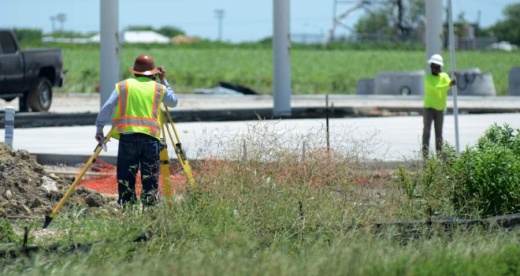Roadway impact fees are a means of funding public infrastructure improvements, such as roadways, that are needed as a result of new or expanded development. Per a presentation delivered by Kimley-Horn to council May 12, the use of roadway impact fees can provide a more consistent and equitable means for new development to contribute to transportation needs in the same sector of the city being developed.
The focus of council's May 12 discussion centered around service areas and land-use assumptions. Per Kimley-Horn, funds collected from new developments within a service area, or portion of the city, must be spent on transportation projects within that same area.
Service areas are limited to 6 miles, often interpreted as a 6-mile trip length. As the city continues to grow, service areas can be divided to adhere to the 6-mile limitation.

Common impact fees implemented by cities, including Pflugerville, include water, sewer and drainage impact fees. Whereas roadway impact fees are limited to a specific sector of the city, water, sewer and drainage are citywide and can be regional or can encompass the city's ETJ.
Land-use assumptions help establish infrastructure demands and hone in on growth projections for cities. Per the May 12 presentation, land-use assumptions are multifaceted and include both populations and employment projections.
Populations contributing to roadway impact fees include residential growth, defined by an increase in single-family or multifamily dwellings. Conversely, employment growth focuses on three key areas: basic growth, highlighting increased production of goods and services; service growth, as pertaining to personal and professional services; and retail growth, or an influx of retail sales of goods and services.
Per Kimley-Horn's analysis, Pflugerville gained 5,801 new dwelling units from 2015-19, with 24,074 units accounted for within the city limits. The city is expected to continue along a similar projection, the analysis determined.





